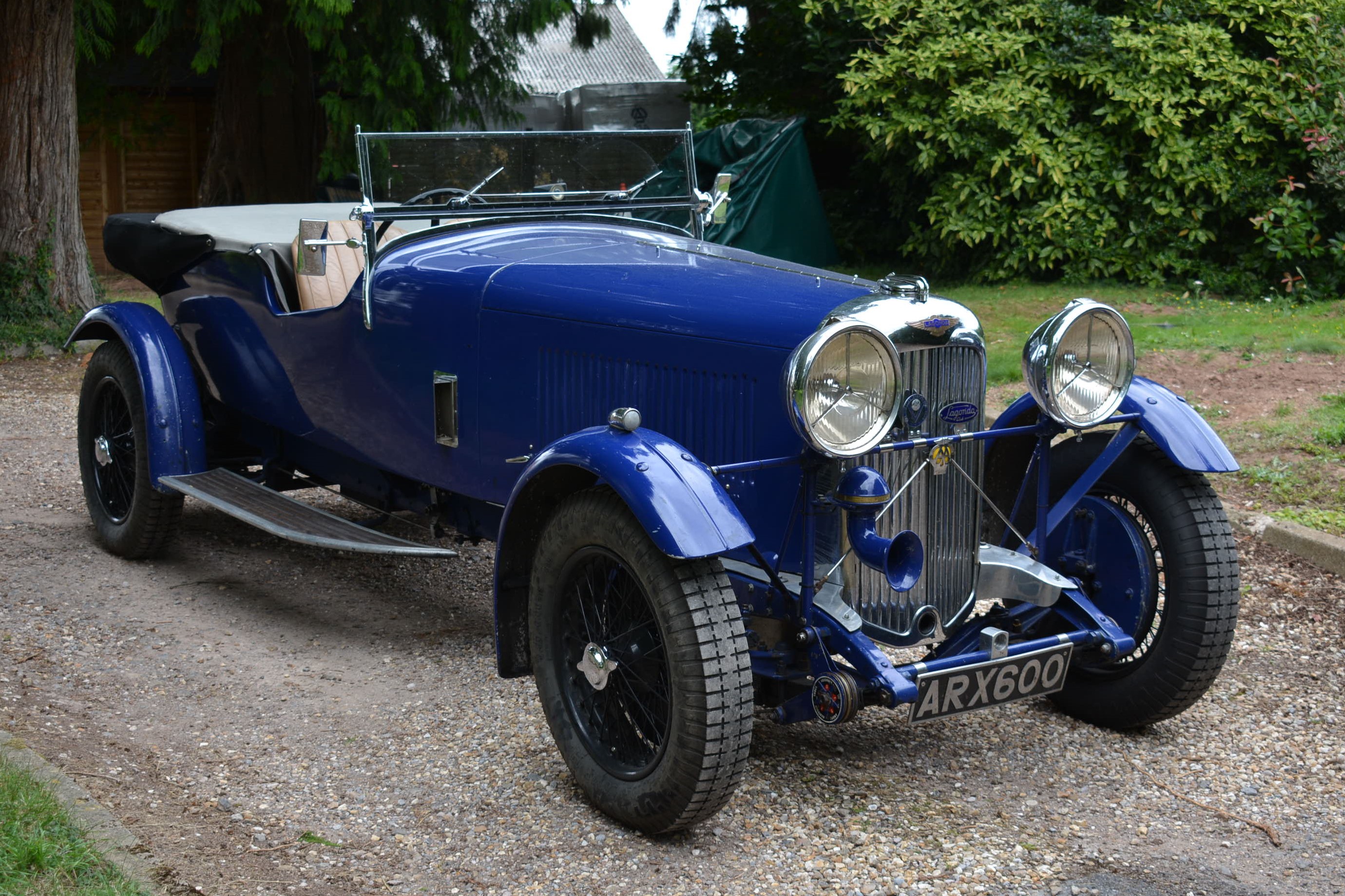
Click Here for Full Screen Image - Click Here to Download Image
 | 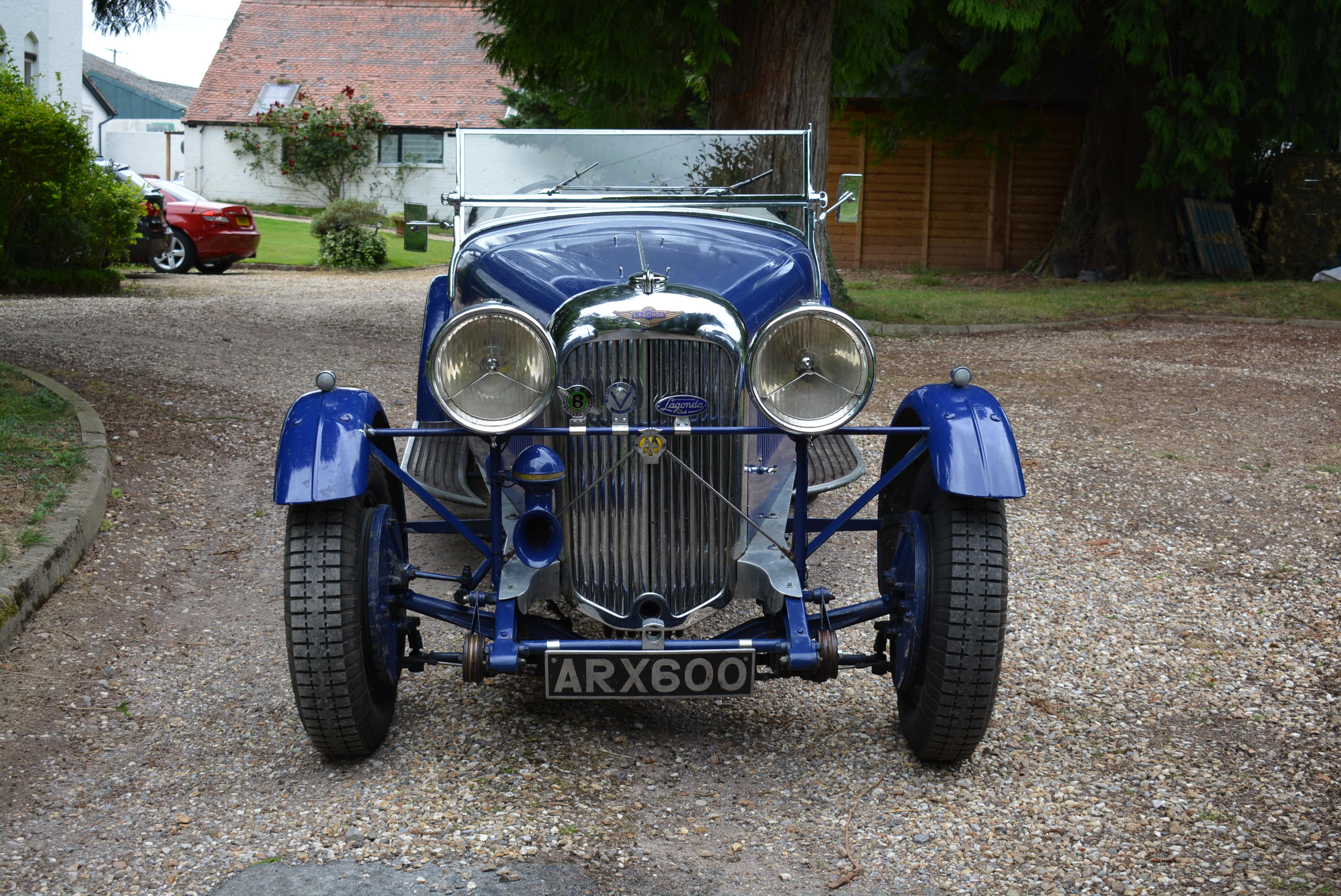 |  |  | 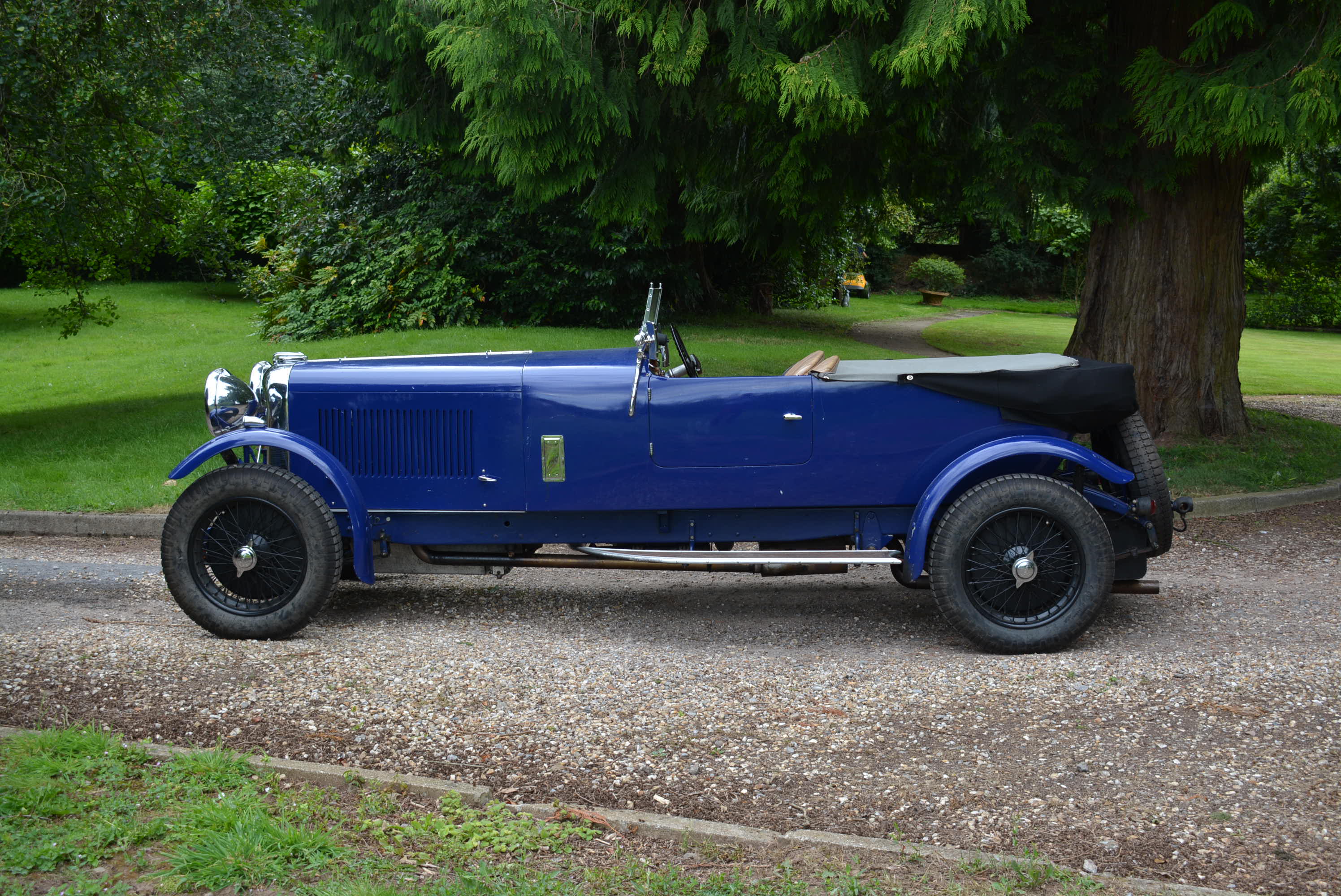 | |||||
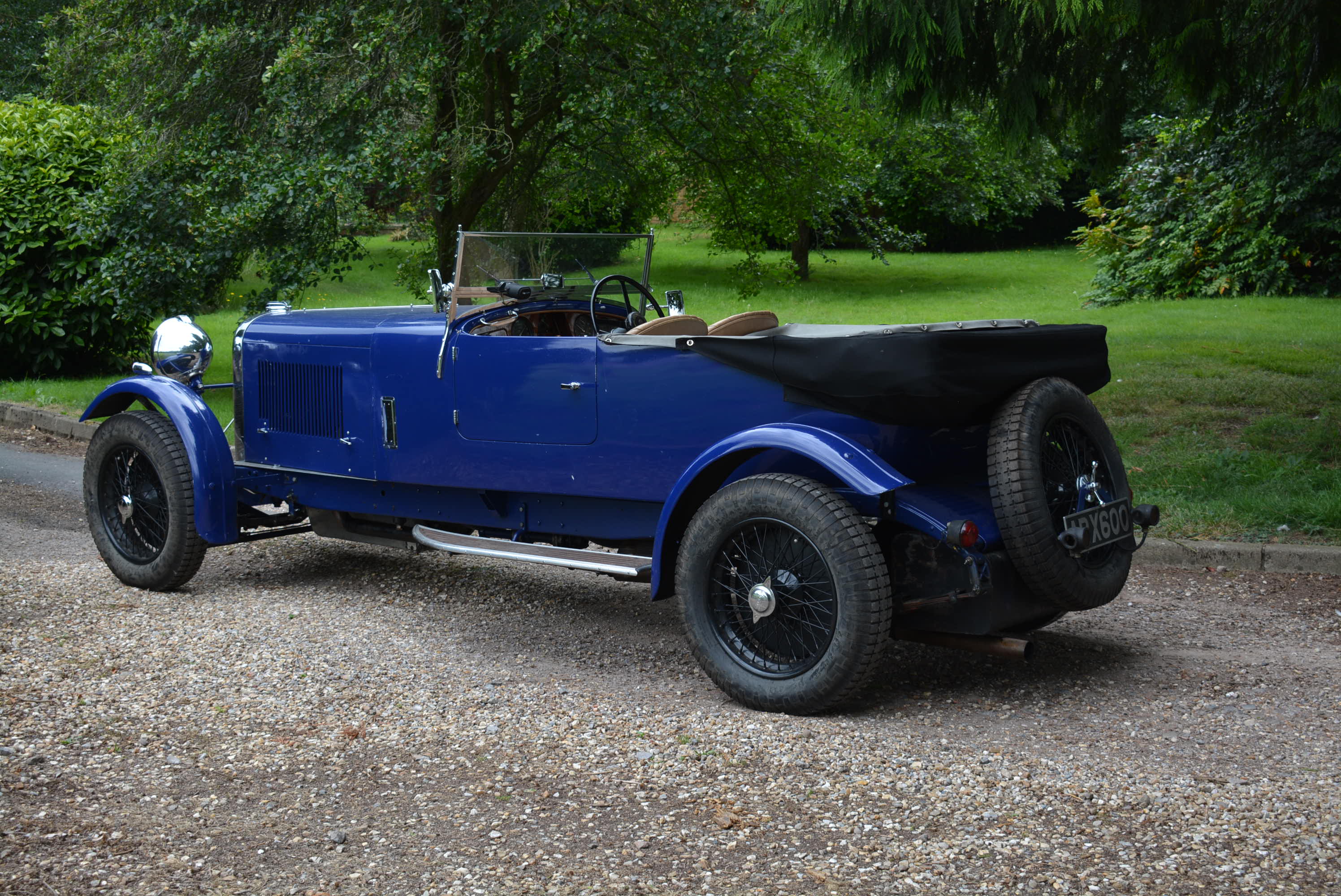 | 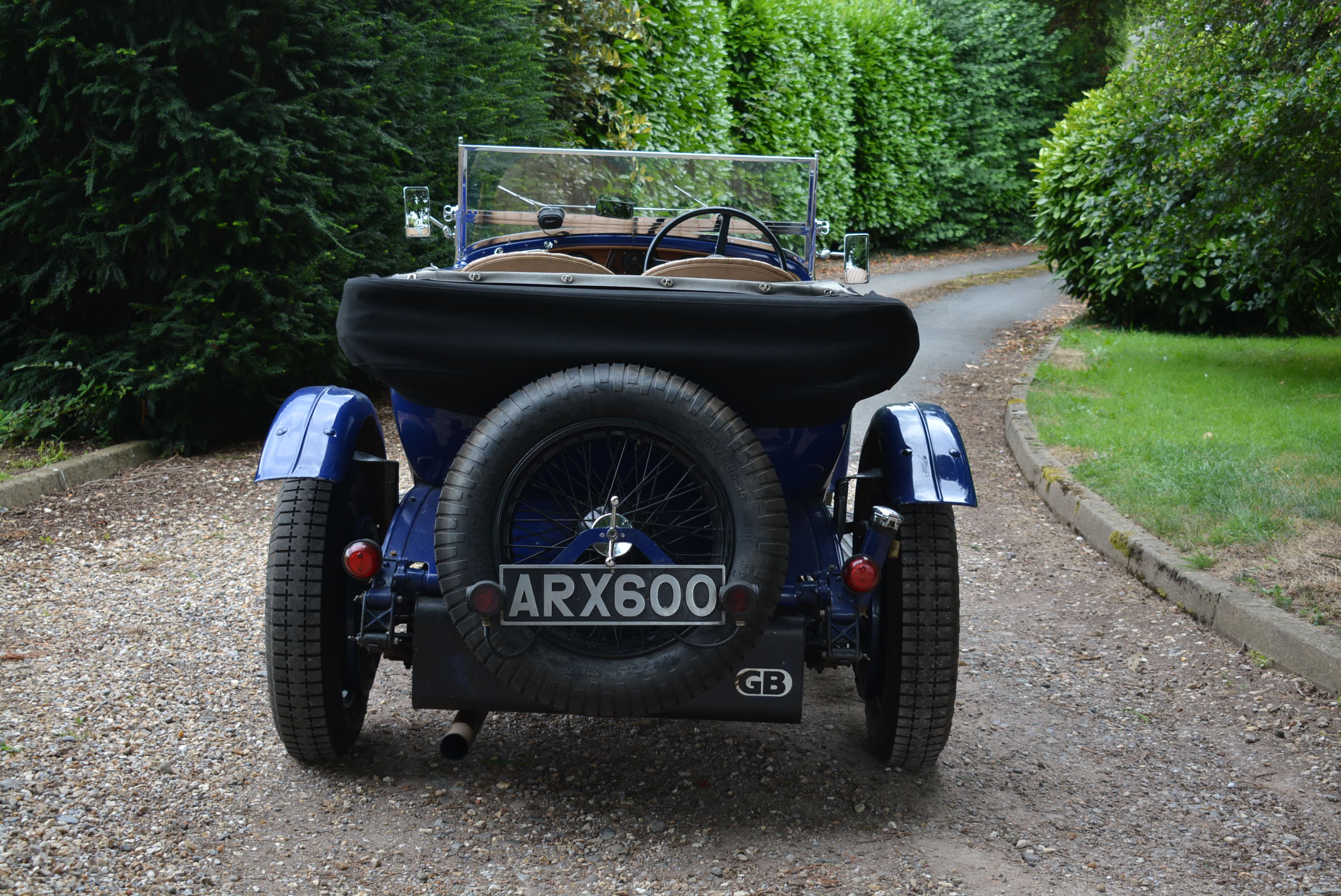 | 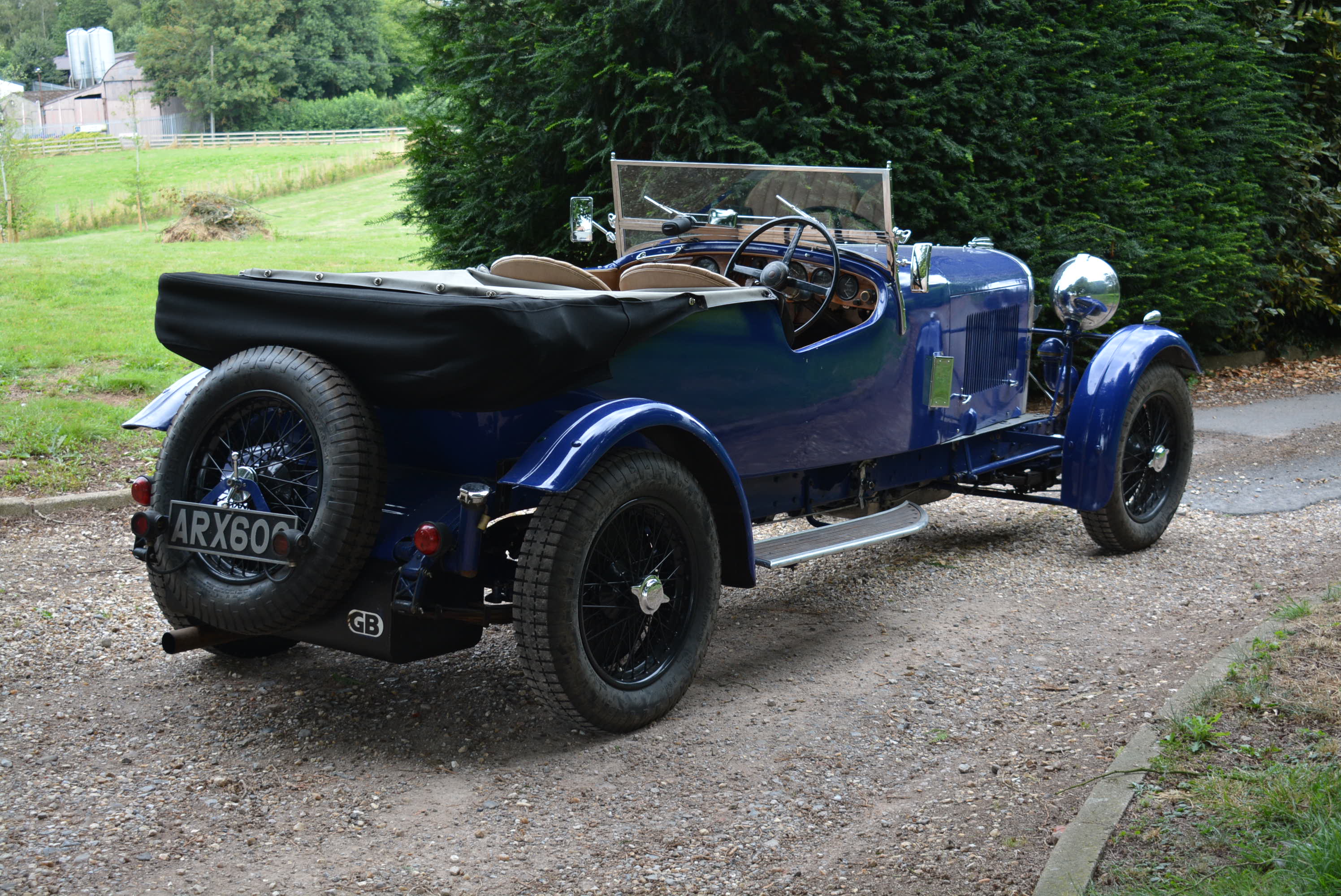 |  |  | |||||
 |  | 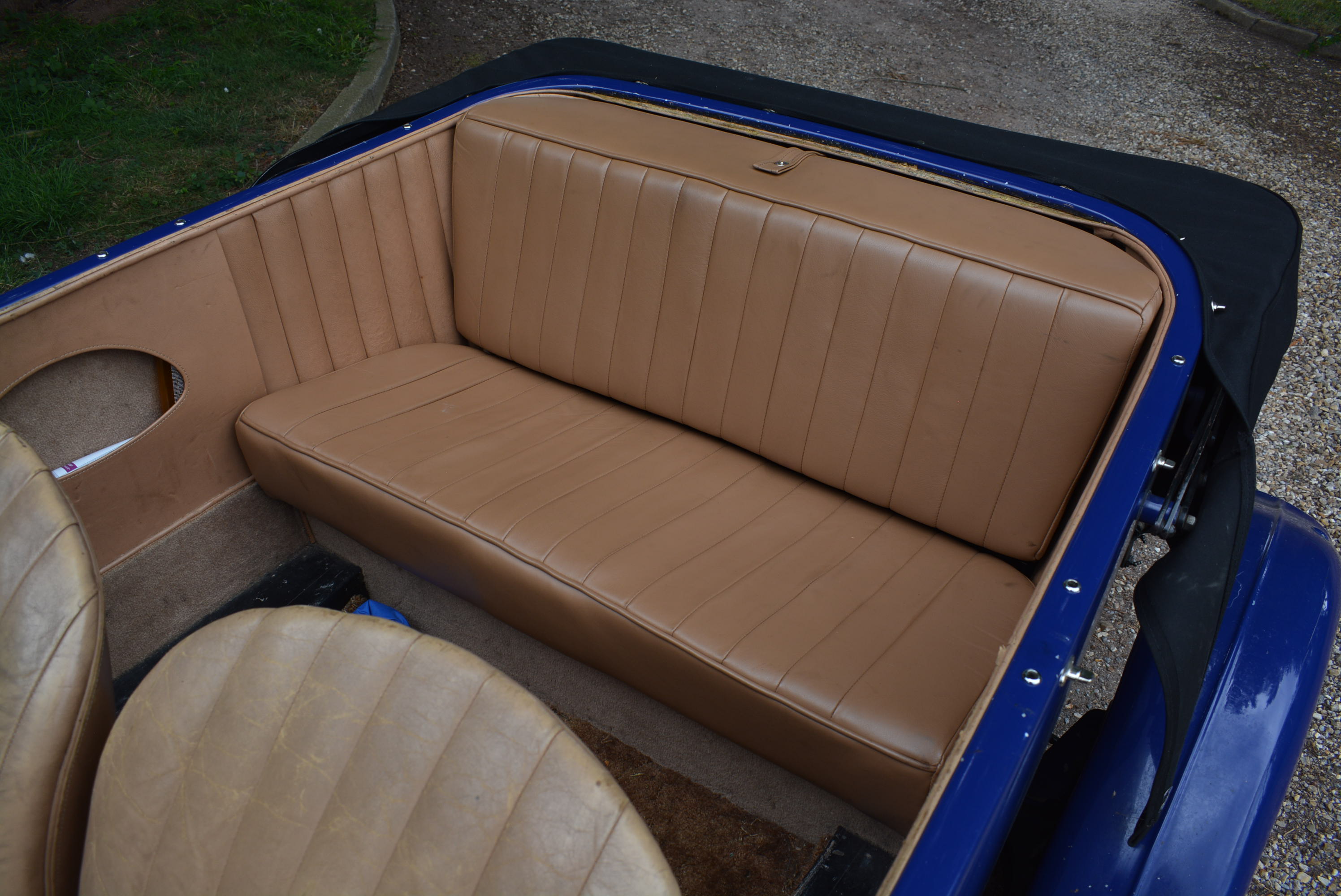 | 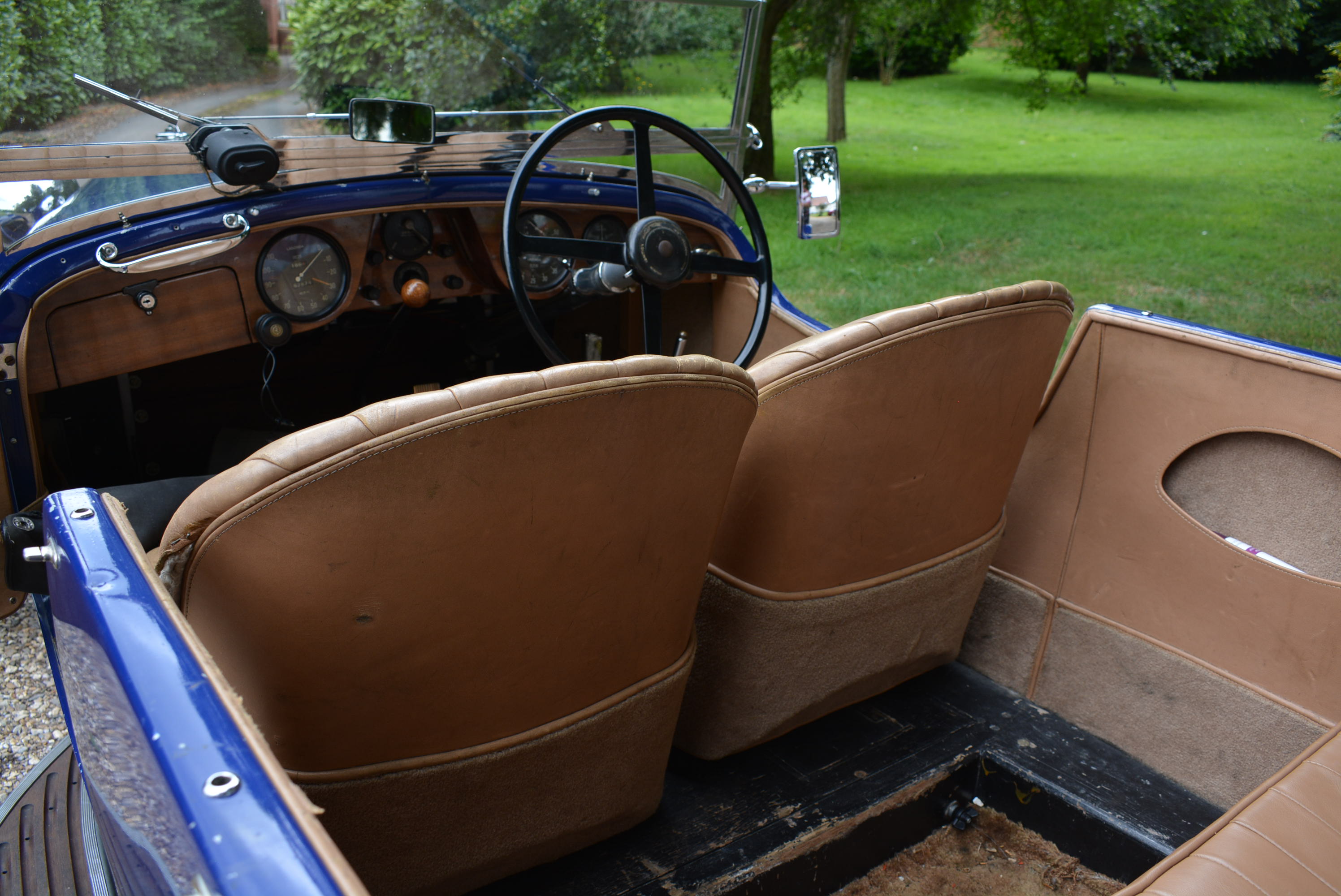 | 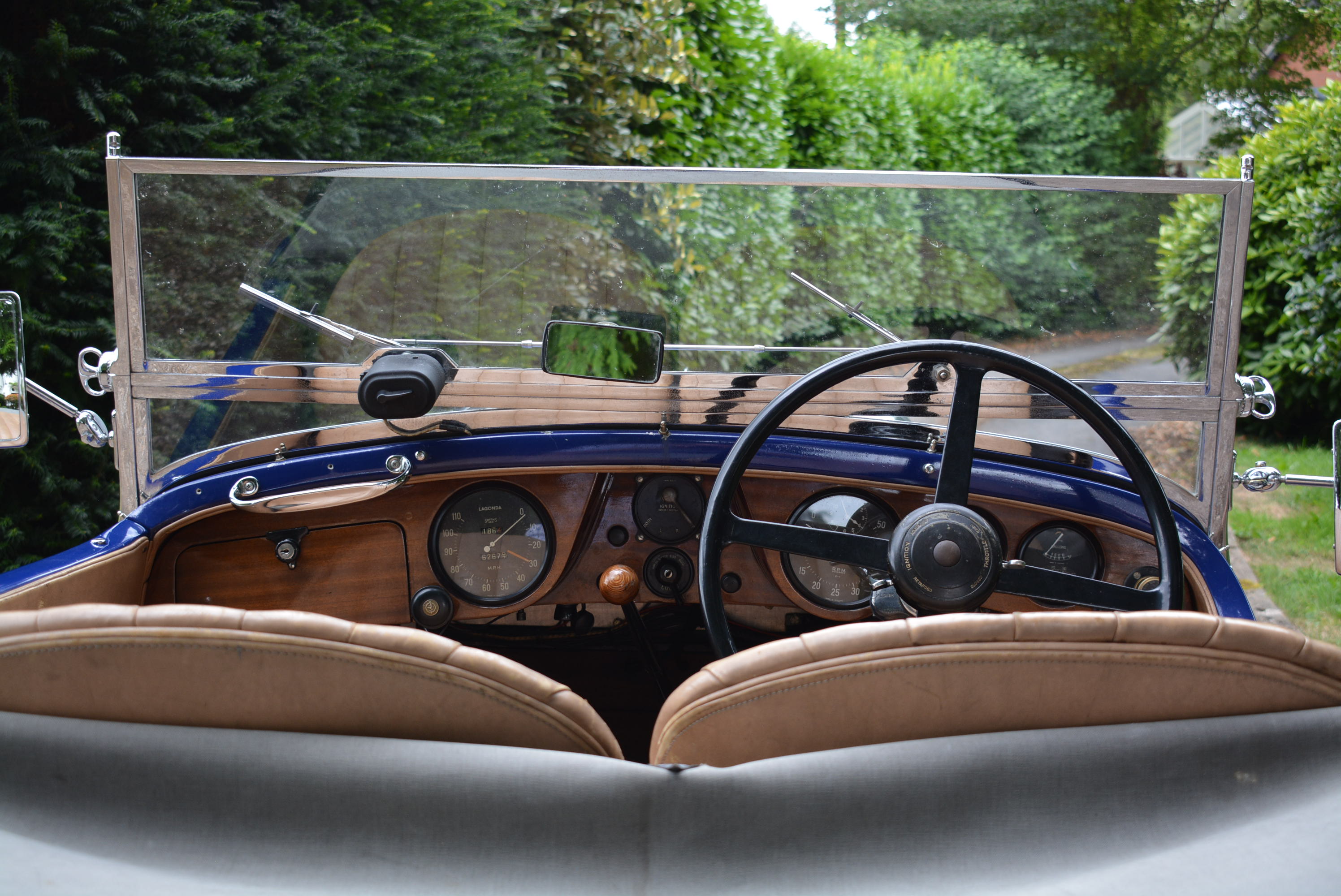 | |||||
 |  | 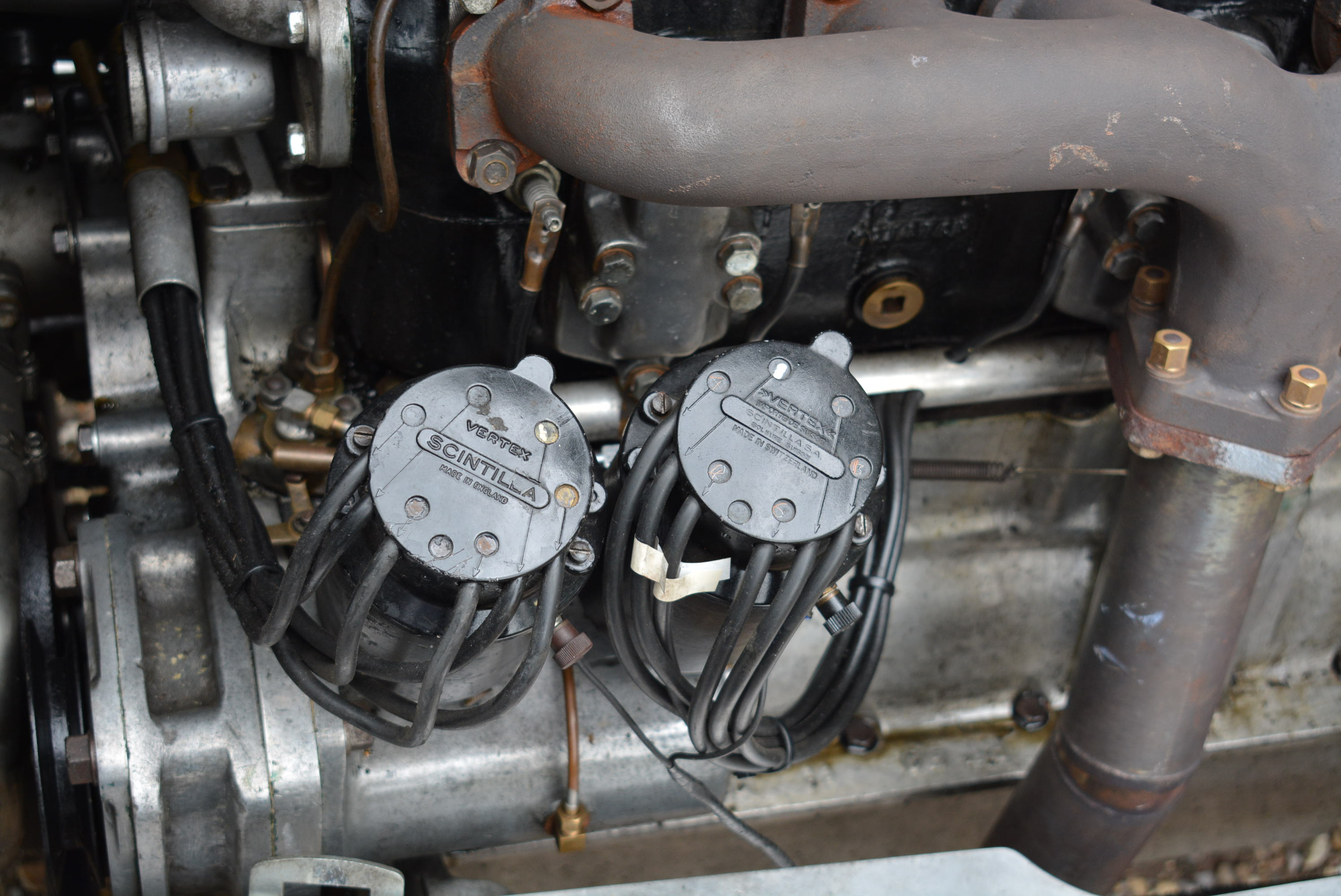 | 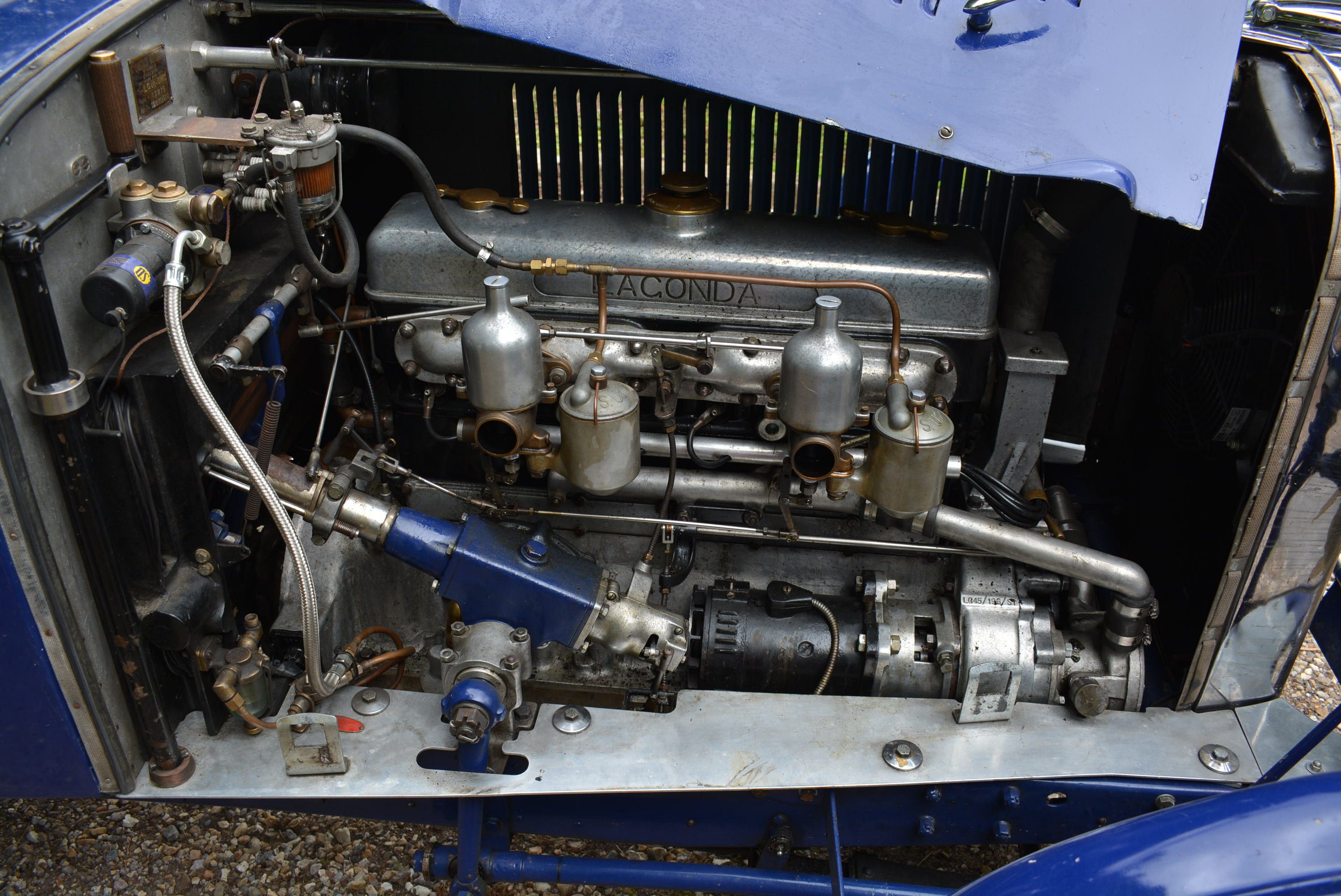 | 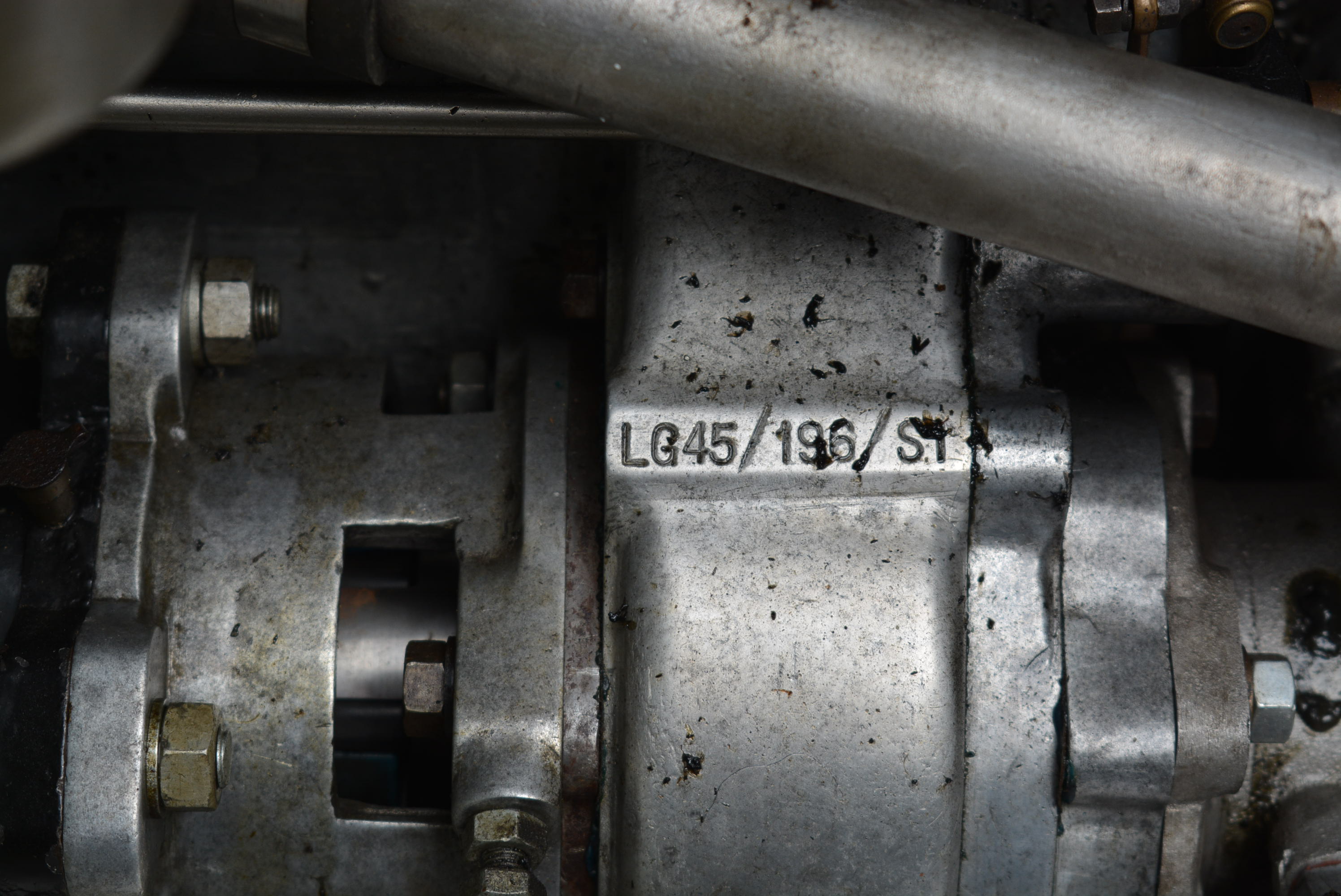 | |||||
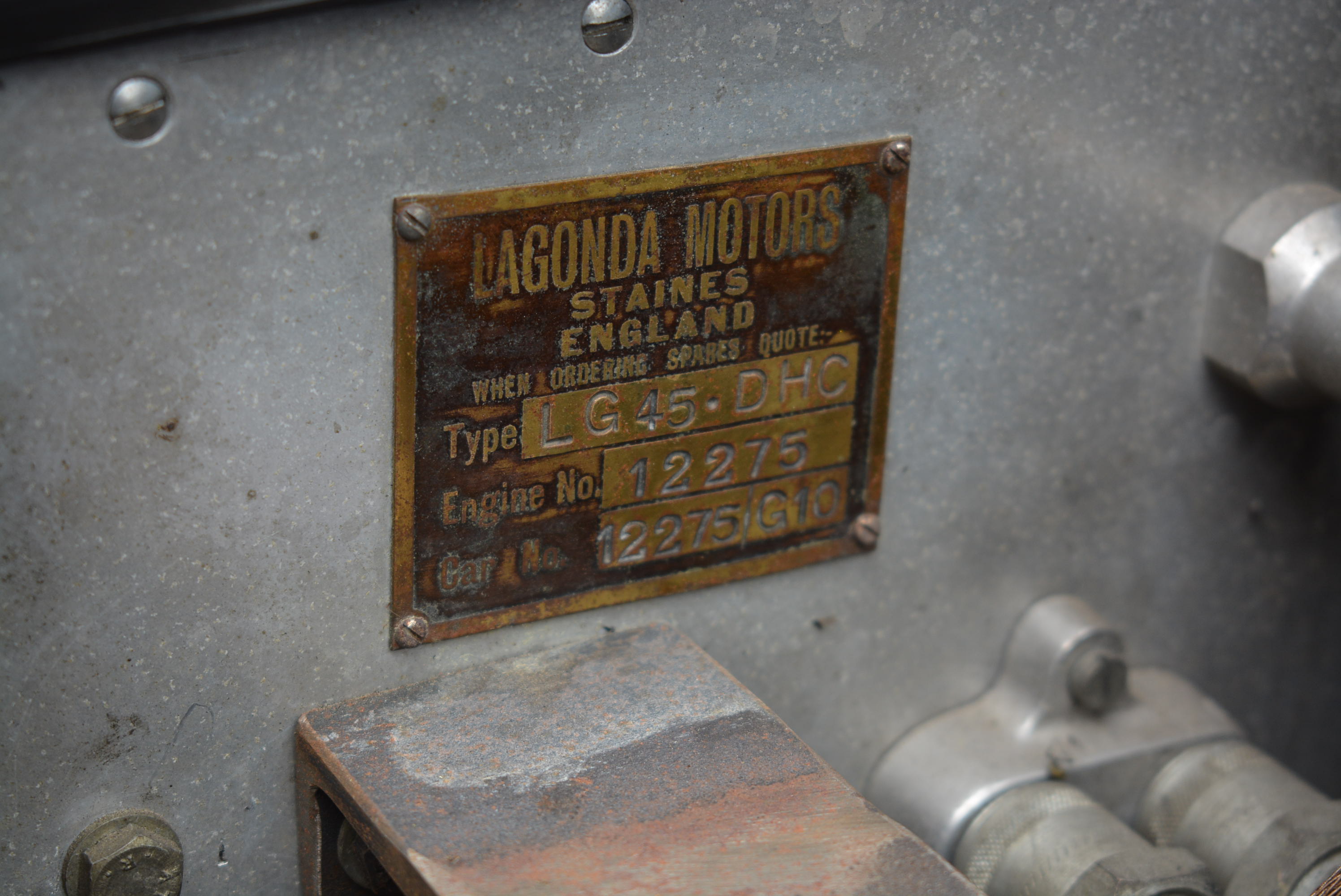 |
| Lot number | 180 |
|---|---|
| Hammer value | N/S (est. £100,000 - £120,000) |
| Description | Lagonda LG45 Tourer |
| Registration | ARX 600 |
| Year | 1937 |
| Colour | Blue |
| Engine size | 4,303 cc |
| Chassis No. | 12275/G10 |
| Documents | Part V5C; old style logbook; three old MOTs; lots of bills and invoices; photos of restoration |
One of the most revered names in automotive history, Lagonda was founded by the American Wilbur Gunn in Staines in 1906.
To begin with, production was focused on the manufacture of light cars but as time went on the machines became increasingly powerful and luxurious. By 1933 the flagship of the range was the magnificent M45 powered by a 108bhp 4.5-litre Meadows engine.
In 1935 Alan Good, the director of Lagonda, managed to secure the services of none other than WO Bentley as technical director of the firm. WO had just been freed from a five-year contract at Rolls-Royce, part of the settlement exacted when Bentley Motors was taken over by Rolls, and designed to keep their former rival out of competition with his new bosses. He was immediately set to work improving the M45 and the result was the LG45 launched at the end of 1935.
This used an improved M45R chassis equipped with longer and more comfortable leaf springs, adjustable hydraulic shock absorbers and various other tweaks that significantly reduced levels of noise, vibration and harshness. Other LG45 refinements included Girling four-wheel drum brakes, a one-shot lubrication system and a ‘Jackall’ hydraulic jacking system housed in a side-mounted dummy spare wheel cover.
The 4.5-litre Meadows engine was retained but with a new gearbox with synchromesh on 3rd and 4th gears. WO gradually developed the engine culminating in the Sanction III version which appeared in 1936 with improved breathing, a lightened flywheel and other modifications which raised the output to 150bhp.
Available in three body styles, saloon, drophead and open tourer, the LG45 was one of the fastest road cars of its day with a top speed approaching 100mph. It also enjoyed considerable competition success, winning the Le Mans 24-Hour in 1935 and coming first in class in the Belgian and French Grands Prix in 1936. Some 278 examples were made before production was phased out in 1937, of which around 150 are thought to survive today.
Starting life as a drop head coupe, the history of ARX 600 picks up in 1975 when it fell into the hands of Graham Saw. He paid £1,000 for the rolling chassis (a copy of the Motor Sport ad is on file) and set about a full restoration which included fitting a new T1 (ish) style body. There are plenty of bills from this period on file and once complete, he kept and used the car until he sold it through LMB Racing Ltd in 2005, a period of 30 years.
It then spent some time in Europe, the vendor acquiring the car from Classic Park in Holland in 2015, since when it has been well used and well maintained.
The vendor had known that the engine was a little tired when he bought it and ran the car in this state for several years. He then commissioned Jock McKinnon to fully rebuild the engine, with lots of bills on file to show the work done.
This included a +.020” rebore, new pistons, a crank grind and polish and new big end and main white-metal bearings by Formalls, the camshaft was cleaned up with a grind, new followers fitted along with a fresh timing chain. New valve guides were also installed in the head and a spin-on oil filter fitted.
The vendor commissioned Star Engineering to rebuild the radiator. It was dismantled and rebuilt top to bottom at a cost of £2,892 in 2016.
More recently, one of the two Scintilla Magnetos was rebuilt by Adrian Gorvin and the differential rebuilt (again by Jock McKinnon) using a brand-new CW&P with a taller 3.3:1 ratio which has improved high speed cruising.
The documents file includes photos of its 1970s restoration, numerous bills, a copy handbook, old style logbook and three old MOTs.
The car has recently returned from its annual pilgrimage through France, where despite the 40-degree heat, ran cool as cucumber, easily keeping up with its Bentley playmates.